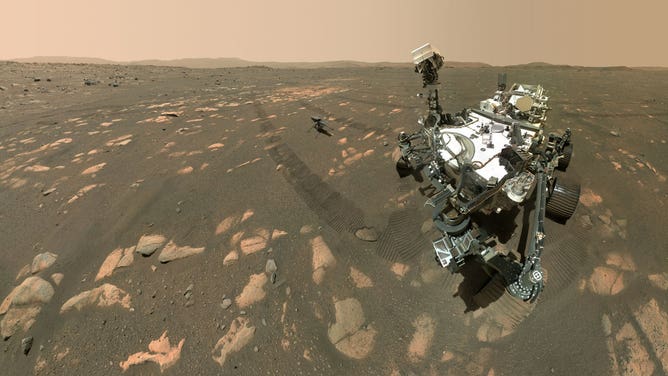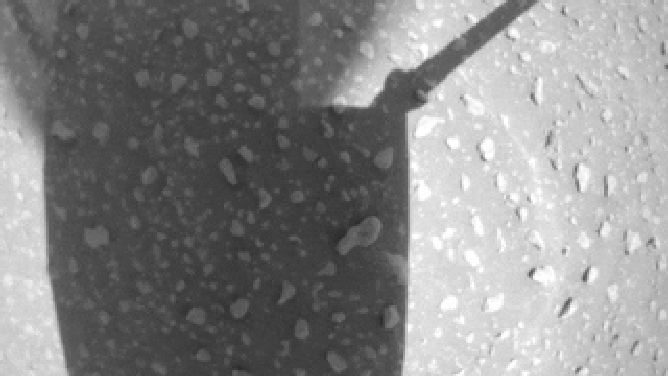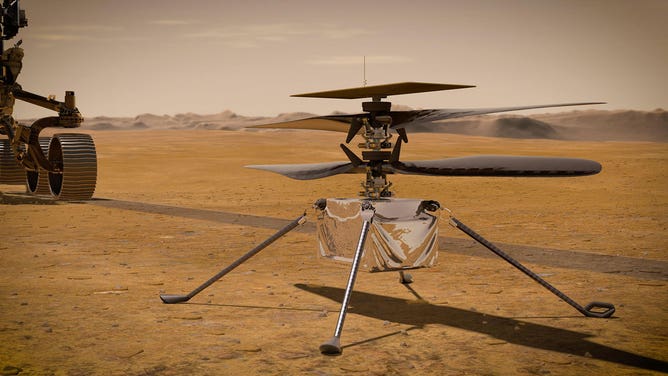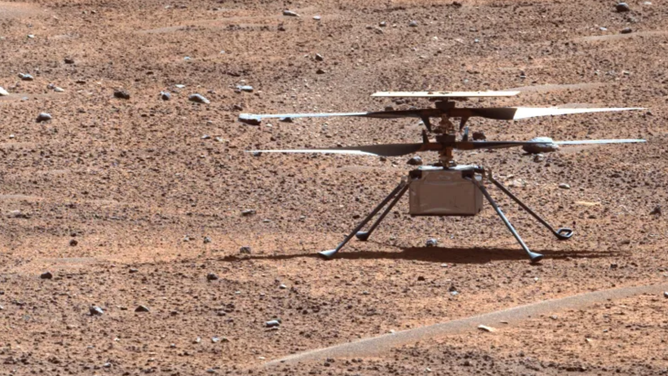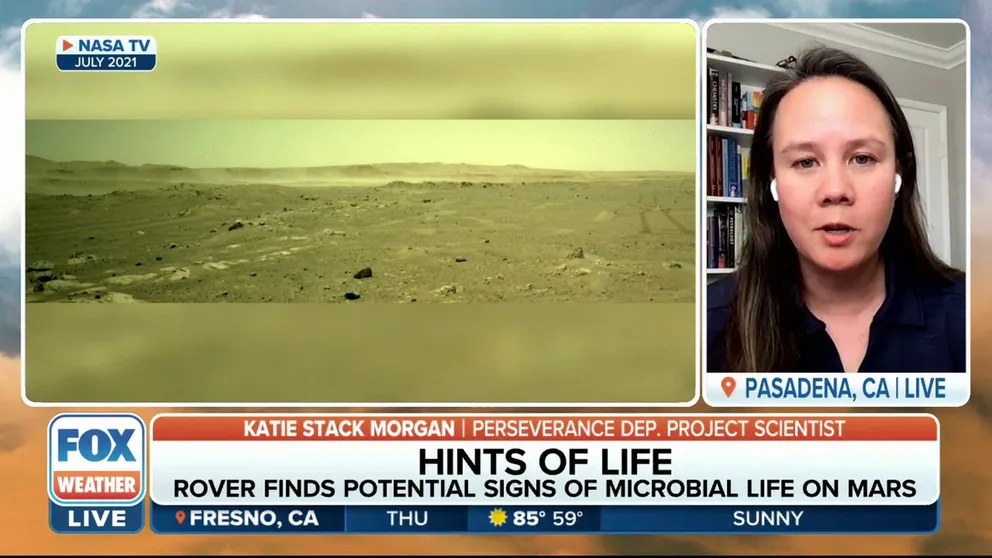NASA's engineering marvel takes final flight on Mars
NASA’s Ingenuity Mars Helicopter completed at least 72 flights since April 19, 2021. Many called the event the space’s version of the Wright Brothers moment.
NASA announces end of the Mars Ingenuity Helicopter mission
NASA’s history-making Ingenuity Mars Helicopter has ended its mission on the Red Planet after three years.
WASHINGTON – What was widely acclaimed to be the "Wright Brothers moment" of space exploration has come to an end with NASA stating that its Ingenuity Mars Helicopter is no longer capable of flight.
NASA Administrator Bill Nelson made the unexpected announcement on Thursday and said at least one of the craft’s rotors is believed to have struck the ground during a communications outage.
Ingenuity and its counterpart, the Perseverance rover, launched from Cape Canaveral, Florida, in 2020 and landed less than a year later on the Red Planet.
Originally, the space agency only planned for five test flights over about a month but ended up performing 72 flights over nearly three years.
"That remarkable helicopter flew higher and farther than we ever imagined and helped NASA do what we do best – make the impossible, possible. Through missions like Ingenuity, NASA is paving the way for future flight in our solar system and smarter, safer human exploration to Mars and beyond," said Nelson.
NASA’S MARS HELICOPTER CONTINUES TO DEFY EXPECTATIONS
The 4-pound chopper was tasked with flying through the thin Martian atmosphere and conducting surveillance of areas where ground-based rovers could be used to investigate.
"It kept saying, ‘I think I can, I think I can.’…It cut through a 1% atmosphere and was able to fly. And what ingenuity accomplished far exceeds what we thought possible," Nelson stated.
With flight missions now over, the operations team plans to conduct tests and download as much data as possible.
NASA said its landing site is currently too far away for the Perseverance rover to take imagery of the craft’s damage.
The car-sized rover is expected to continue surveying the Martian planet through 2024 with the goal of launching a retrieval mission of collected samples in 2027 and 2028.
NASA is working with its counterparts at the European Space Agency to develop spacecraft for the mission, which won’t return to Earth until at least 2033.
The space agency has stated the retrieval program would be "one of the most technically difficult and operationally demanding robotic space missions ever undertaken."
ONE YEAR LATER: NO LIFE FOUND YET, BUT PERSEVERANCE HAS RACKED UP ACCOMPLISHMENTS
NASA’s rover Curiosity remains active on the Red Planet despite landing over a decade ago.
The rover was tasked with investigating whether environmental conditions ever supported life forms on the planet.
The agency said due to the rover’s nuclear power source, it expects the craft to last many more years.
NASA Perseverance Rover discovers 'potential biosignatures' on Mars
Perseverance Deputy Project Scientist Katie Stack Morgan said the rover discoveries point to an environment martian life may have lived in.

